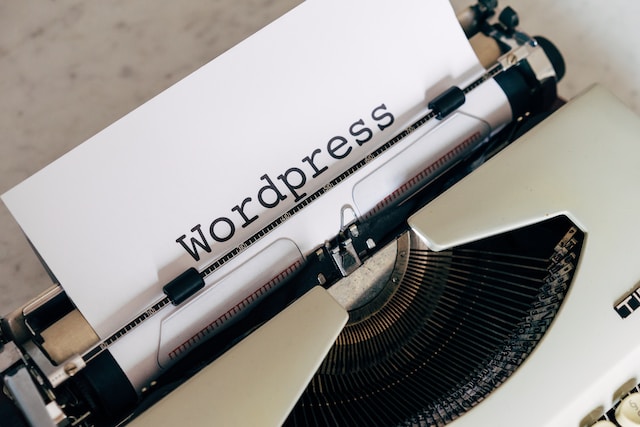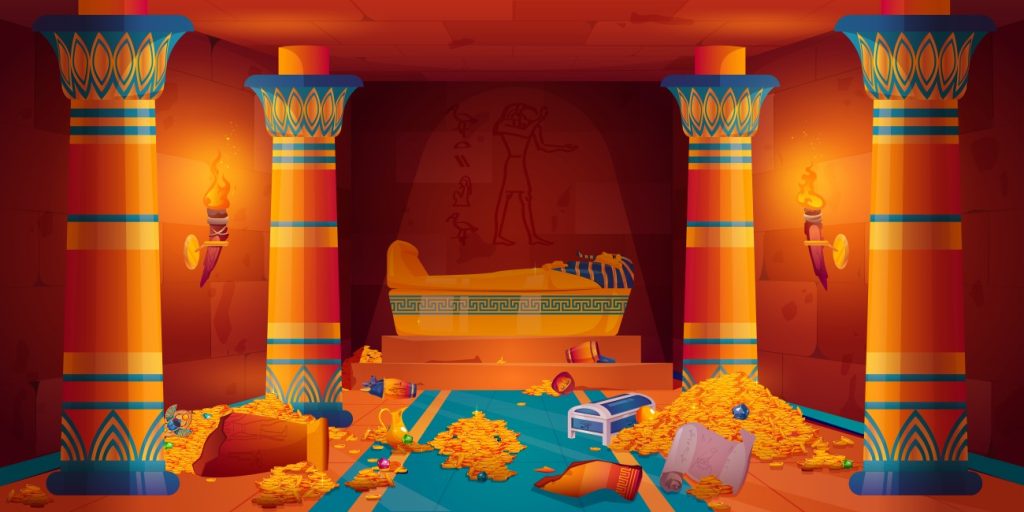When it comes to creating a website, choosing the right design approach is crucial. Two popular options are using pre-designed WordPress themes or opting for a custom design. Both have their advantages and considerations and understanding their pros and cons can help you make an informed decision. In this article, we’ll explore the benefits and drawbacks of WordPress themes and custom design to help you determine which option is best suited for your needs.
WordPress Themes:
WordPress themes are pre-designed templates that offer a ready-made structure and design for your website. Here are some pros and cons of using WordPress themes:
Pros:
1. Time and Cost-Effective: WordPress themes are cost-effective and save time compared to custom design. They come with pre-built layouts, styles, and functionalities that can be easily customized to suit your brand or content.
2. Wide Variety of Choices: There is an extensive selection of WordPress themes available, both free and premium, catering to various industries, styles, and functionalities. This allows you to find a theme that closely matches your vision and requirements.
3. Responsive and Mobile-Friendly: Most WordPress themes are designed to be responsive, ensuring that your website looks and functions well on different devices. This eliminates the need for separate mobile design and development efforts.
4. Regular Updates and Support: Popular WordPress themes are regularly updated to fix bugs, add new features, and ensure compatibility with the latest version of WordPress. Many theme developers also offer support forums or documentation to assist users.
5. Tested and Optimized: WordPress themes go through rigorous testing, ensuring their compatibility, security, and performance. By using a reputable theme from a trusted source, you can benefit from their expertise and optimization efforts.
Cons:
1. Lack of Uniqueness: As WordPress themes are pre-designed templates, there’s a possibility that other websites may use the same theme, leading to a lack of uniqueness in your design. However, customization options can help mitigate this issue to some extent.
2. Limited Customization Control: While themes provide customization options, they might have limitations when it comes to specific design elements or functionalities. Achieving highly unique or intricate designs may require extensive modifications or additional coding.
Custom Design:
Custom design involves building a website from scratch, tailored to your specific needs and design preferences. Here are the pros and cons of custom design:
Pros:
1. Unique and Tailored Design: With custom design, you have complete control over every aspect of your website’s appearance. It allows you to create a design that aligns perfectly with your brand identity and stands out from the competition.
2. Scalability and Flexibility: Custom designs are highly scalable and flexible, allowing you to add or modify features as your website grows and evolves. You can easily accommodate unique requirements and integrate specialized functionalities.
3. Enhanced Performance and Optimization: Custom designs can be optimized for better performance, loading speeds, and search engine optimization (SEO). This level of optimization ensures a seamless user experience and improved search engine rankings.
4. Ownership and Control: With a custom design, you have full ownership and control over your website’s code, design, and functionalities. You are not dependent on third-party theme updates or compatibility issues.
Cons:
1. Higher Cost and Time Investment: Custom design requires a higher budget and more time compared to using pre-designed themes. It involves hiring web designers and developers to create a unique design and build the website from scratch.
2. Technical Expertise and Maintenance: Custom designs may require technical expertise to develop and maintain. You need to ensure that you have access to skilled professionals who can handle ongoing updates, security, and troubleshooting.
3. Longer Development Process: Custom design projects generally have a longer development timeline due to the extensive planning, design iterations, and coding involved. It’s important to consider your timeline and launch expectations.
4. Potential Compatibility and Testing Issues: Since custom designs are unique, there is a possibility of compatibility issues with certain plugins, updates, or future WordPress versions. Rigorous testing and ongoing maintenance are crucial to ensure compatibility and security.
Conclusion:
Choosing between WordPress themes and custom design depends on your specific requirements, budget, and time constraints. WordPress themes offer convenience, affordability, and a wide variety of options, making them suitable for many website owners. Custom design, on the other hand, provides unparalleled uniqueness, flexibility, and scalability. It requires a higher investment but allows for complete control over your website’s design and functionality. Consider your resources, goals, and the level of customization you require to make the best decision for your website’s success.


